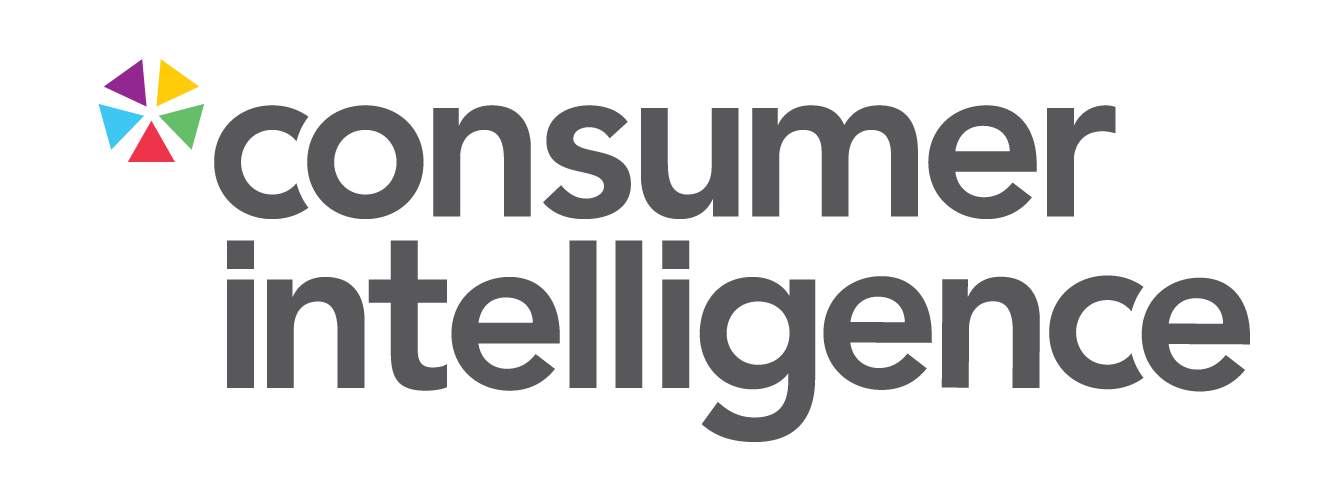Two weeks ago, the world witnessed one of the most significant IT outages in history, disrupting industries on a global scale. As the insurance sector grapples with the aftermath, it’s clear that this event has exposed significant vulnerabilities and prompted a re-evaluation of business practices. Here’s a detailed look at what happened, the immediate impacts, and what it means for insurers and policyholders as the dust settles.
The catalyst: A flawed software update
The origin of this widespread disruption was a flawed software update from a prominent security technology vendor. The defect, identified in a single content update for Windows, unleashed a cascade of issues that rippled across sectors worldwide. From airlines and banks to broadcasters and healthcare providers, the outage affected businesses across continents, including the US, Europe, Australia, Japan, and India. Although a fix has been deployed, the full resolution of all issues is still ongoing.
Immediate impact on the insurance sector
The insurance sector, especially personal lines insurance, felt the brunt of the outage in several critical ways:
1. System failures and enrichment issues:- Many insurers faced significant challenges processing vehicle registration numbers, necessitating manual data entry of the vehicle. This delayed the quotation process and led to inaccuracies in the quotes provided. We can only guess that other “enrichment” sources were either offline or not operating normally.
- Price comparison websites (PCWs), a vital tool for consumers, experienced failures in their quote journeys (car reg lookups being a prime example) or with their partner providers, resulting in price increases and decreased quotability for numerous brands.
- During the outage, premiums quoted by brands using the same underwriter varied significantly. This inconsistency arose from brokers’ differing abilities to access and enrich data. Additionally, some brokers saw an underwriter temporarily come off their panel and then come back on again once their service was restored, further complicating the quotation landscape.
- Insurers, brokers and underwriters evaluating their trading performance from the outage period will find skewed results. Conversion rates and competitive positioning assessments based on this period will be inaccurate, potentially leading to missteps in pricing strategies. This will be further compounded by other insurers potentially also mis-stepping meaning that this week’s results will also be impacted. There will be a see-saw effect for weeks to come
- Programmatic trading algorithms, which adjust prices based on real-time data, also require recalibration, which could take weeks.
What this means for insurers, policyholders and policymakers
For brokers and insurers:
- Comprehensive Data Analysis: Conducting thorough data analysis to understand the extent of the disruption is essential. This will include the need to benchmark externally to see where the issues that others are having might be creating false positives for you. Recalibrating pricing algorithms and reassessing trading strategies are critical to ensure accurate pricing and competitive positioning.
- Proactive Communication: Maintaining transparent and timely communication with customers about the status of services and corrective measures is vital for preserving trust. This might mean writing to customers (as some have done) to point out the issue to them.
For policyholders:
- Revisit Quotes: Consumers should revisit quotes received during the outage period. Prices quoted on affected days may not reflect actual market conditions. Rechecking quotes for cars, homes, or other forms of insurance will ensure well-informed decisions.
For policymakers
- The issues that this outage has surfaced require a consumer duty lens to be placed over it. This highlights an interconnectedness in the insurance market and an opportunity to assess if this is helping to deliver positive consumer outcomes. If nothing else, there were different outcomes for this short period, which creates an opportunity to reflect.
Navigating the future
Understanding the full scope of the impact is non-simple and requires expert analysis. At Consumer Intelligence, we gathered insights into how businesses were affected and how they are navigating the aftermath. We have provided the confidence to help our clients navigate these volatile times effectively.
Insurers can mitigate similar risks by focusing on robust data management practices and resilient IT infrastructure. Ensuring competitive positioning and customer trust through informed decision-making is essential for long-term stability and growth.
If you want to know more about what is happening, we are here; reach out, and we will help.
Discover how Trading View can help you navigate future disruptions effectively.
By offering weekly, actionable data on pricing trends and market stability, Trading View enables insurers to adjust their strategies swiftly. Stay informed about market movements, mitigate risks, and make proactive decisions to maintain competitiveness and resilience in the face of future disruptions.
Comment . . .



Submit a comment